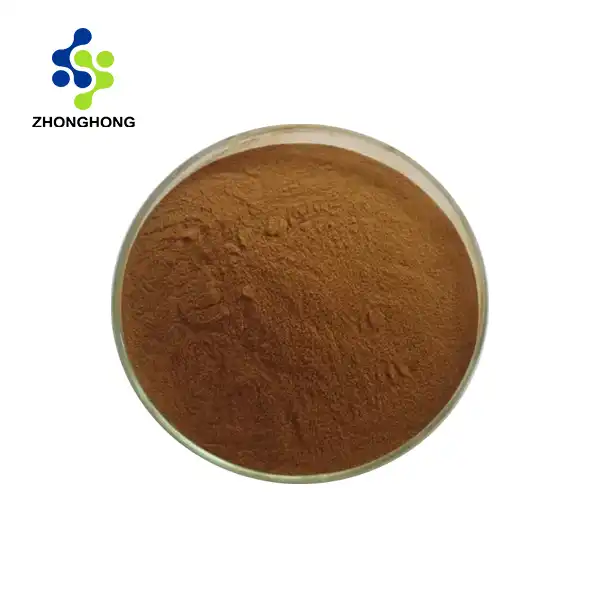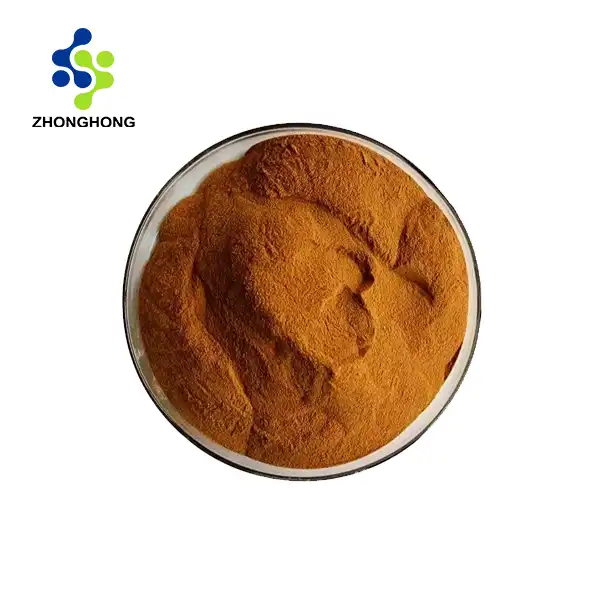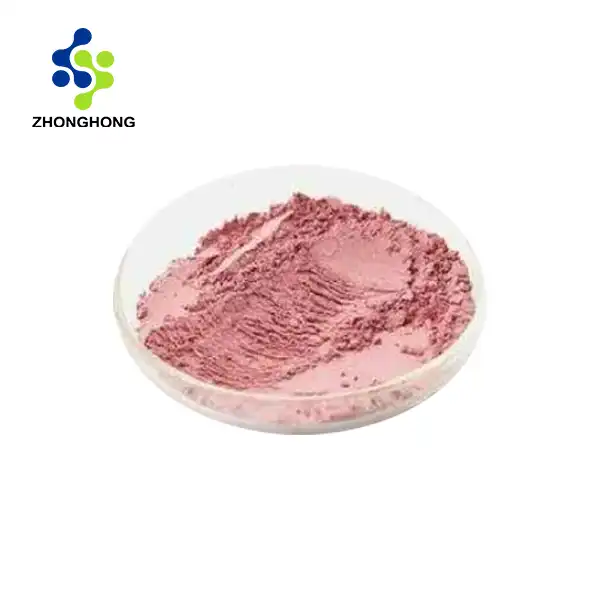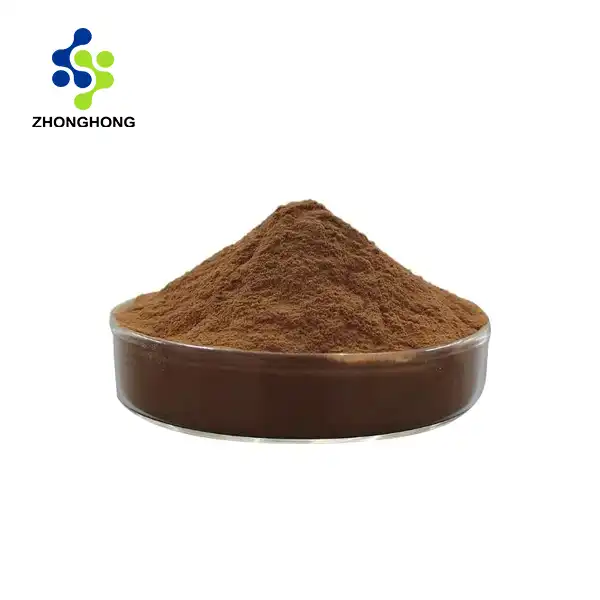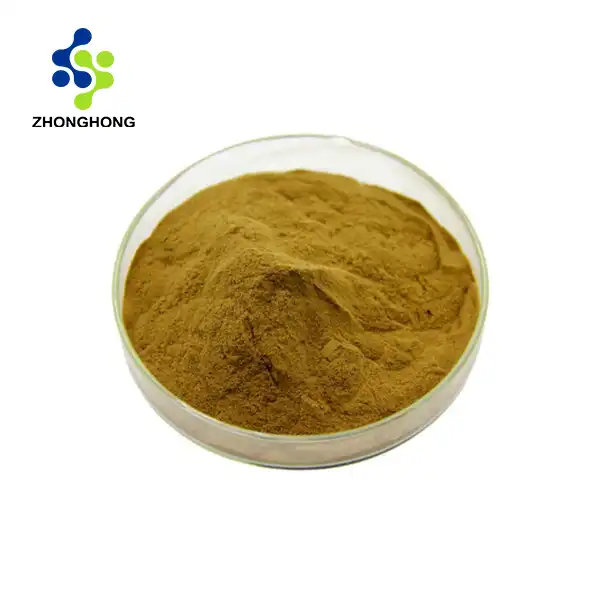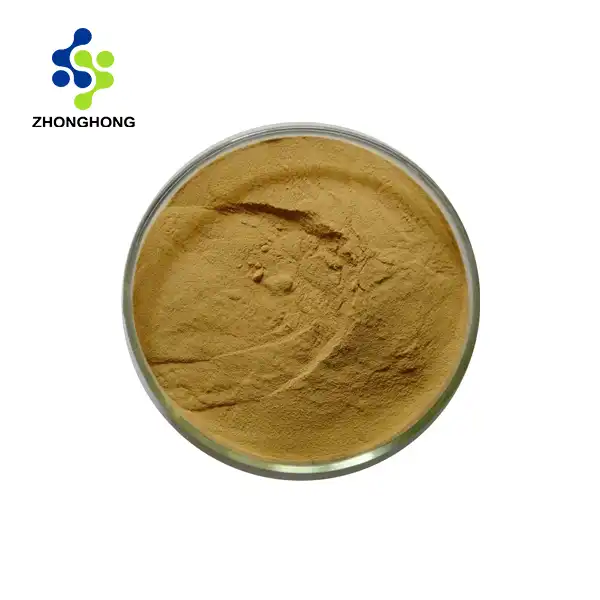Astaxanthin and Eye Health: What Science Says?
2024-12-17 18:50:20
Astaxanthin, a powerful antioxidant found in certain marine algae and seafood, has gained significant attention in recent years for its potential benefits to eye health. This vibrant red pigment, belonging to the carotenoid family, has been the subject of numerous scientific studies exploring its impact on various aspects of ocular wellness. From protecting against eye strain to potentially slowing age-related vision loss, astaxanthin's role in maintaining healthy eyes is becoming increasingly evident. In this comprehensive blog, we'll delve into the latest scientific findings on astaxanthin's effects on eye health, examine its protective properties, and explore natural food sources rich in this potent compound.
Can Astaxanthin Protect Against Eye Strain?
Understanding Eye Strain in the Digital Age
In our modern, screen-centric world, eye strain has become a pervasive issue. Prolonged exposure to digital devices can lead to a constellation of symptoms collectively known as Computer Vision Syndrome (CVS) or Digital Eye Strain. These symptoms may include dry eyes, blurred vision, headaches, and neck or shoulder pain. As we increasingly rely on digital technology for work and leisure, finding effective ways to combat eye strain has become crucial.
Astaxanthin's Protective Mechanisms
Astaxanthin's potential to alleviate eye strain lies in its exceptional antioxidant properties. This powerful carotenoid can neutralize harmful free radicals and reduce oxidative stress in the eyes. Research suggests that astaxanthin may help improve blood flow to the eyes, enhance the eye's ability to focus, and reduce inflammation - all of which contribute to mitigating eye strain.
Scientific Evidence Supporting Astaxanthin's Effects on Eye Strain
Several studies have investigated astaxanthin's impact on eye strain and related symptoms. A double-blind, placebo-controlled study published in the Journal of Clinical Therapeutics & Medicines found that participants who took astaxanthin supplements for four weeks experienced significant improvements in eye accommodation (the eye's ability to adjust focus). Another study in the Japanese Journal of Clinical Ophthalmology reported that astaxanthin supplementation reduced eye fatigue and improved visual acuity in participants who used visual display terminals for prolonged periods.
Astaxanthin's Role in Combating Age-Related Vision Loss
The Challenge of Age-Related Macular Degeneration (AMD)
Age-related macular degeneration (AMD) is a leading cause of vision loss among older adults. This progressive condition affects the macula, the central part of the retina responsible for sharp, detailed vision. As the population ages, finding effective strategies to prevent or slow the progression of AMD has become a priority in ophthalmological research.
Astaxanthin's Potential in AMD Prevention
Astaxanthin's unique molecular structure allows it to cross the blood-retinal barrier, making it particularly effective in protecting the eyes from oxidative damage. This potent antioxidant has been shown to accumulate in the retina, where it can neutralize free radicals and reduce inflammation - two key factors in the development and progression of AMD.
Clinical Studies on Astaxanthin and AMD
Emerging research suggests that astaxanthin may play a significant role in preventing or slowing the progression of AMD. A study published in the journal Ophthalmology found that participants who consumed higher levels of astaxanthin had a lower risk of developing advanced AMD. Another clinical trial, published in Acta Ophthalmologica, demonstrated that astaxanthin supplementation improved visual function in patients with early-stage AMD. These findings, while promising, underscore the need for larger, long-term studies to fully elucidate astaxanthin's potential in combating age-related vision loss.
Foods Rich in Astaxanthin for Eye Health
Marine Sources of Astaxanthin
Astaxanthin is primarily found in marine organisms, with certain species of microalgae being the primary producers of this remarkable compound. The most potent natural source of astaxanthin is Haematococcus pluvialis, a freshwater microalga. In the marine food chain, this algae-derived astaxanthin is consumed by various sea creatures, accumulating in their tissues and giving them their characteristic pink or red hue.
Seafood Rich in Astaxanthin
For those looking to incorporate more astaxanthin into their diet through natural food sources, several seafood options stand out:
- Wild Salmon: Particularly sockeye salmon, which contains the highest levels of astaxanthin among salmon species.
- Trout: Another excellent source of astaxanthin, especially rainbow trout.
- Shrimp and Krill: These small crustaceans are rich in astaxanthin, which contributes to their pink color when cooked.
- Red Sea Bream: A popular fish in Asian cuisine, known for its high astaxanthin content.
- Crayfish and Lobster: These shellfish accumulate astaxanthin in their shells and flesh.
Astaxanthin Supplements and Their Efficacy
While natural food sources can provide astaxanthin, the amounts may be insufficient to achieve therapeutic effects. This has led to the development of astaxanthin supplements, typically derived from H. pluvialis algae. These supplements offer a concentrated source of astaxanthin, allowing for more precise dosing. However, it's important to note that the bioavailability and efficacy of astaxanthin can vary depending on the formulation and individual factors. When considering astaxanthin supplementation for eye health, it's advisable to consult with a healthcare professional to determine the appropriate dosage and ensure it doesn't interact with any existing medications or health conditions.
Conclusion
The growing body of scientific evidence suggests that astaxanthin holds significant promise for eye health. From protecting against digital eye strain to potentially slowing age-related vision loss, this powerful antioxidant offers multifaceted benefits for ocular wellness. While incorporating astaxanthin-rich foods into your diet can be beneficial, those seeking therapeutic effects may need to consider supplementation under professional guidance. If you want to get more information about this product, you can contact us at liaodaohai@gmail.com.
References
1. Tso, M. O., & Lam, T. T. (1996). Method of retarding and ameliorating central nervous system and eye damage. United States Patent US5527533A.
2. Kidd, P. (2011). Astaxanthin, cell membrane nutrient with diverse clinical benefits and anti-aging potential. Alternative Medicine Review, 16(4), 355-364.
3. Satoh, A., Tsuji, S., Okada, Y., Murakami, N., Urami, M., Nakagawa, K., ... & Shirasawa, T. (2009). Preliminary clinical evaluation of toxicity and efficacy of a new astaxanthin-rich Haematococcus pluvialis extract. Journal of clinical biochemistry and nutrition, 44(3), 280-284.
4. Cort, A., Ozturk, N., Akpinar, D., Unal, M., Yucel, G., Ciftcioglu, A., ... & Aslan, M. (2010). Suppressive effect of astaxanthin on retinal injury induced by elevated intraocular pressure. Regulatory Toxicology and Pharmacology, 58(1), 121-130.
5. Parisi, V., Tedeschi, M., Gallinaro, G., Varano, M., Saviano, S., & Piermarocchi, S. (2008). Carotenoids and antioxidants in age-related maculopathy italian study: multifocal electroretinogram modifications after 1 year. Ophthalmology, 115(2), 324-333.
6. Yoshida, H., Yanai, H., Ito, K., Tomono, Y., Koikeda, T., Tsukahara, H., & Tada, N. (2010). Administration of natural astaxanthin increases serum HDL-cholesterol and adiponectin in subjects with mild hyperlipidemia. Atherosclerosis, 209(2), 520-523.
_1728976869676.webp)
